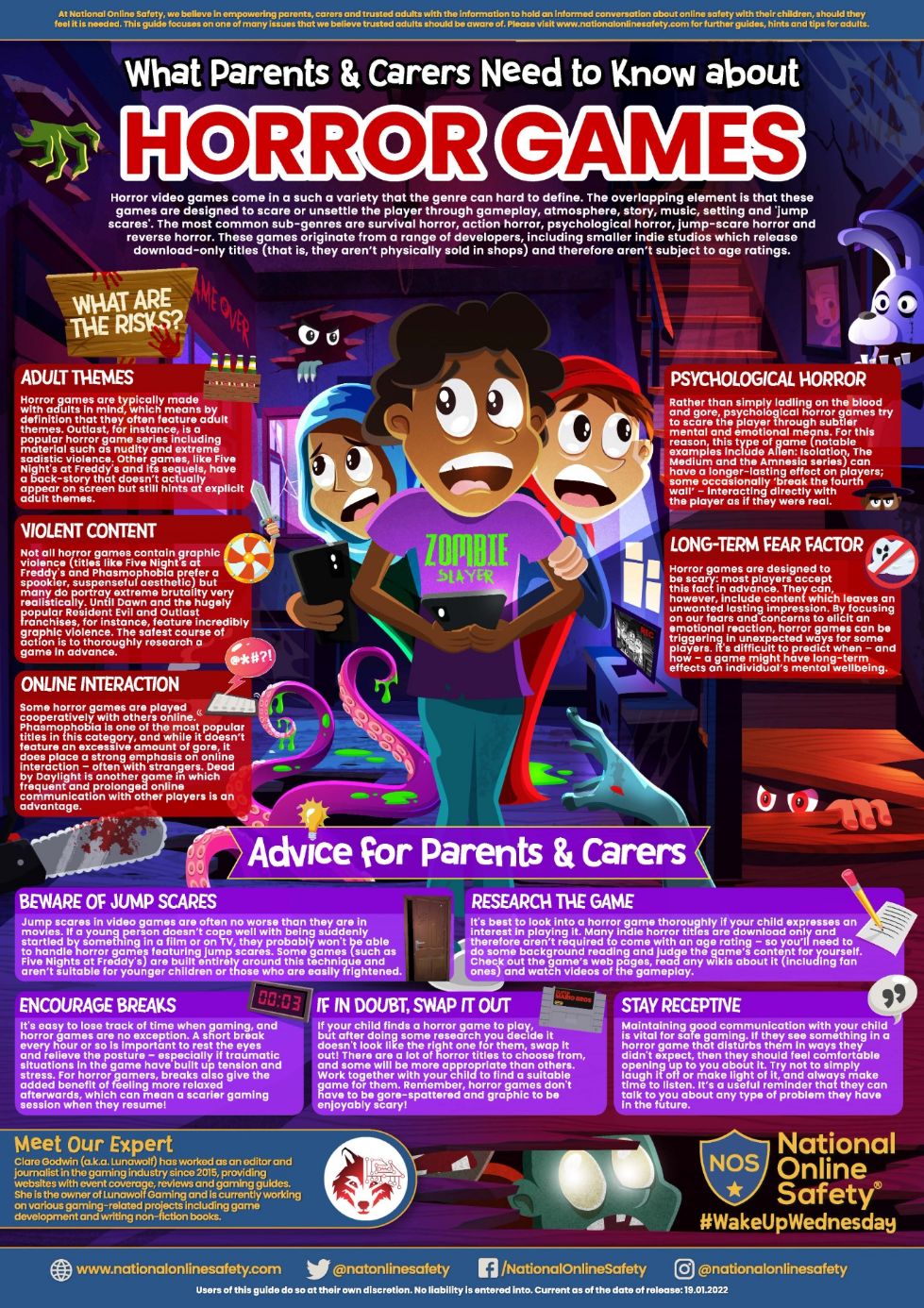Internet Safety
We are committed to developing responsible, aspirational, independent, happy and well-rounded young people who are equipped for future education, employment and participation in their communities. We therefore recognise that the use of IT is an essential part of education in the 21st century. The Internet and other digital information technologies are powerful tools, which open up new opportunities for everyone. At Collingwood College we are committed to supporting our young people in how to use these tools safely and responsibly.
On joining Collingwood College, students/staff receive an Office 365 account with a login to our system. This includes:
- Space to save documents and files
- An email account
- Access to EdulinkOne.
There are risks in using any technology and unfortunately some young people may expose themselves to danger either knowingly or unknowingly. Our curriculum will teach students about responsible and appropriate behaviours as well as encouraging students to think about how to remain safe and legal when using the Internet and related technology whenever and wherever they may be.
Students will sign up to an ICT User Agreement which covers important e-safety topics and fosters an understanding of the key issues surrounding the usage of ICT and the internet in and out of school. These include the use of school IT systems, email and social media, Privacy, Data Protection, use of images and more.
If you wish to extend your understanding of e-safety, please find below details of certain Apps, software and digital terms that you may wish to learn about.
NFTs
A non-fungible token, or NFT, is a unique digital record of a particular file – such as an image, audio track or video (non-fungible, meaning it can’t be replaced by an identical item). NFTs let digital content producers like artists and designers control how their work is distributed and monetised. The offline equivalent would be owning a limited-edition art print, signed by the artist, with a certificate of authentication. The value of NFTs is incredibly volatile, unregulated and very much based on hype, publicity and marketing. These digital assets – typically collectibles, avatars for social media profiles or character add-ons for online games – are traded in specialised marketplaces using cryptocurrency.
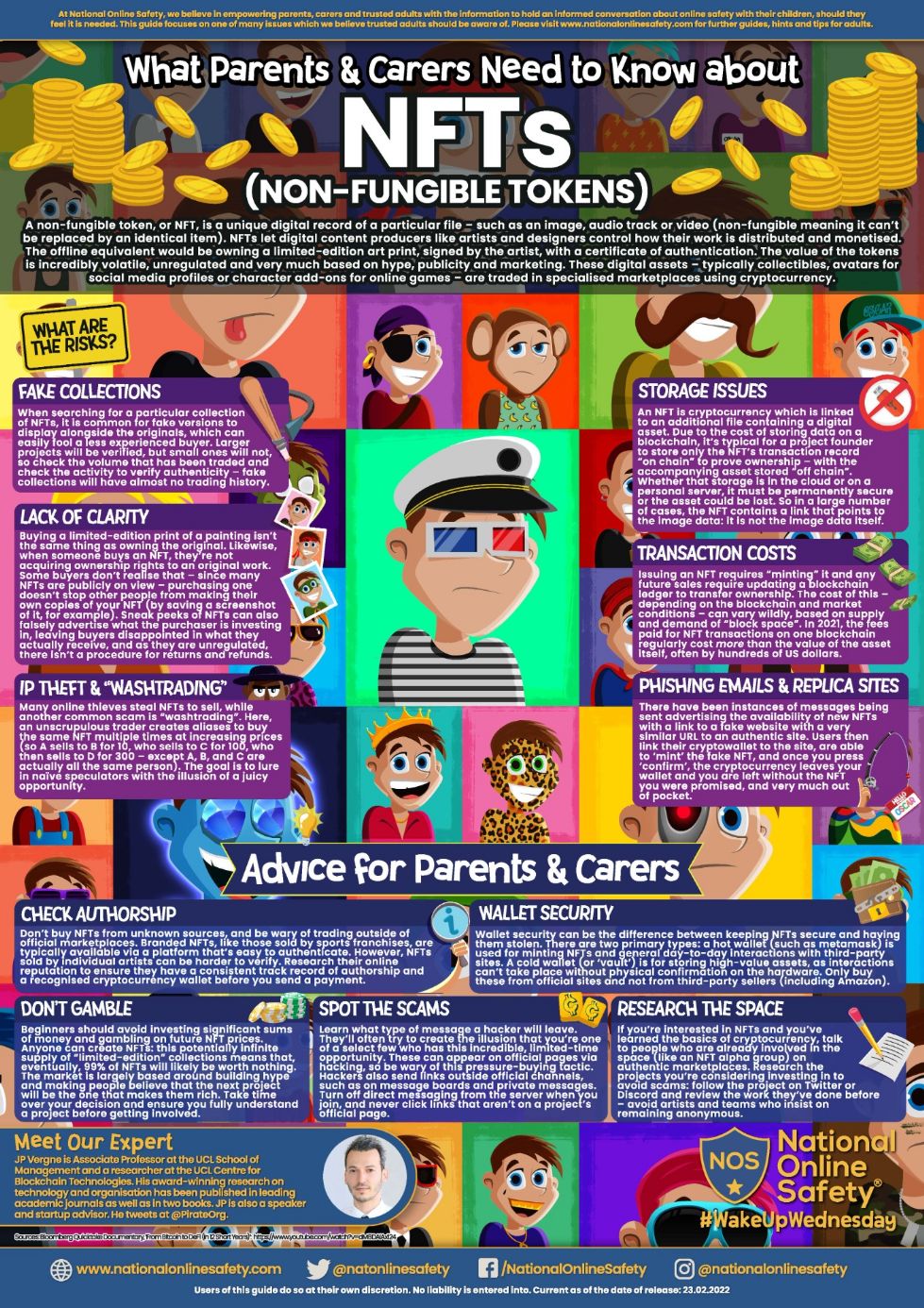
Wink
Wink is a messaging app which allows children to connect and communicate with other users. Similarly to Tinder, Wink uses the swipe method for browsing profiles and accepting or declining them. Once two users have accepted each other by swiping on each other’s profile, they can then communicate and play games online together. The fact that Wink allows children to share photos, personal information and their location with other users has caused significant concern.
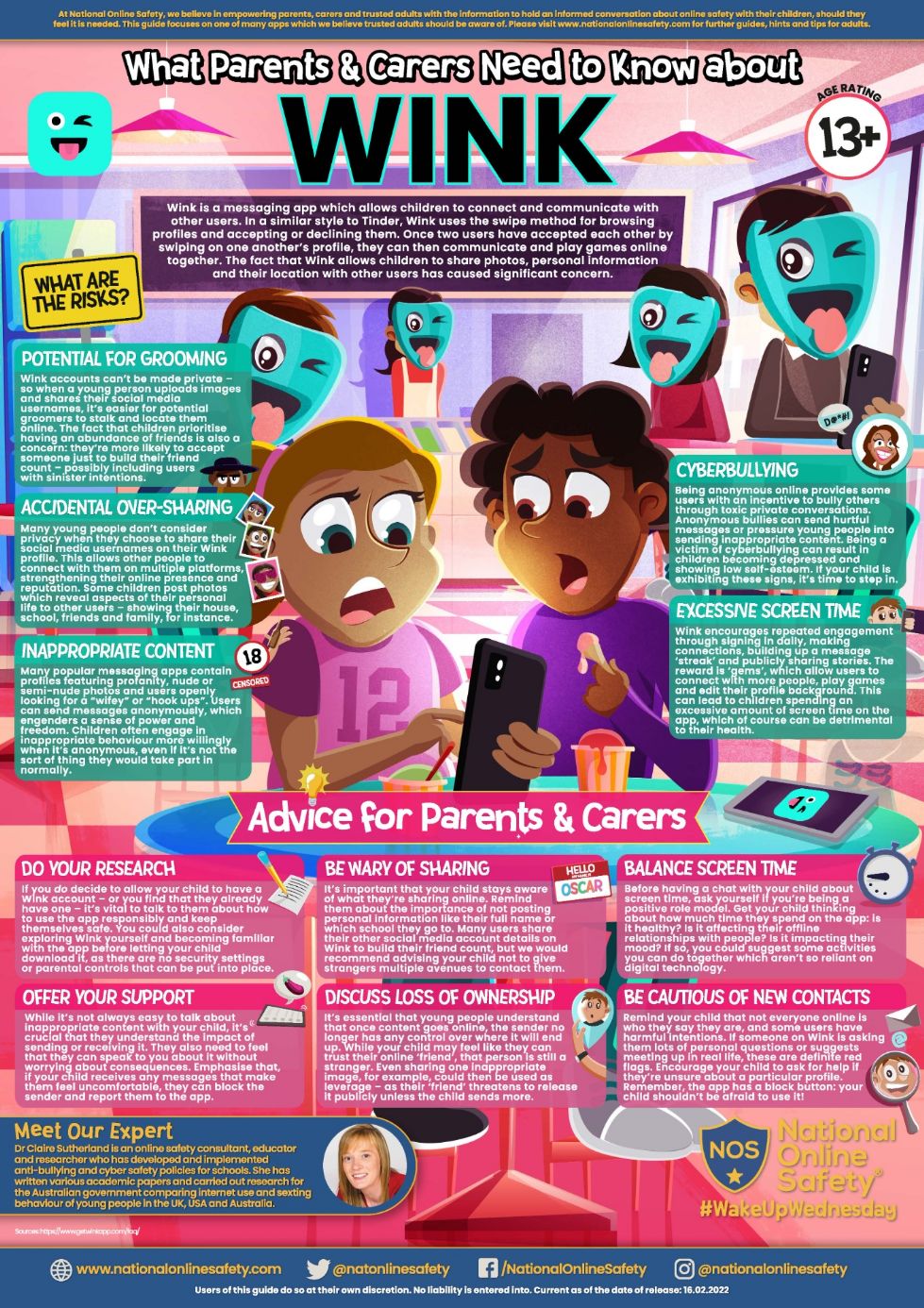
Cryptocurrency
Cryptocurrency is software enabling the exchange and storage of digital ‘coins’ representing financial value. To monitor who owns which coins, platforms save an online record of every transaction, called a ‘ledger’ or ‘blockchain’. This is secured by cryptography: a set of methods for protecting sensitive information. Bitcoin, released in 2009, was the first cryptocurrency; other platforms have since launched, such as Ethereum, Tezos and Filecoin. As cryptocurrency becomes a more established part of digital life, young people are bound to encounter it – so it’s vital that trusted adults understand its risks, and how it can be explored and used safely.
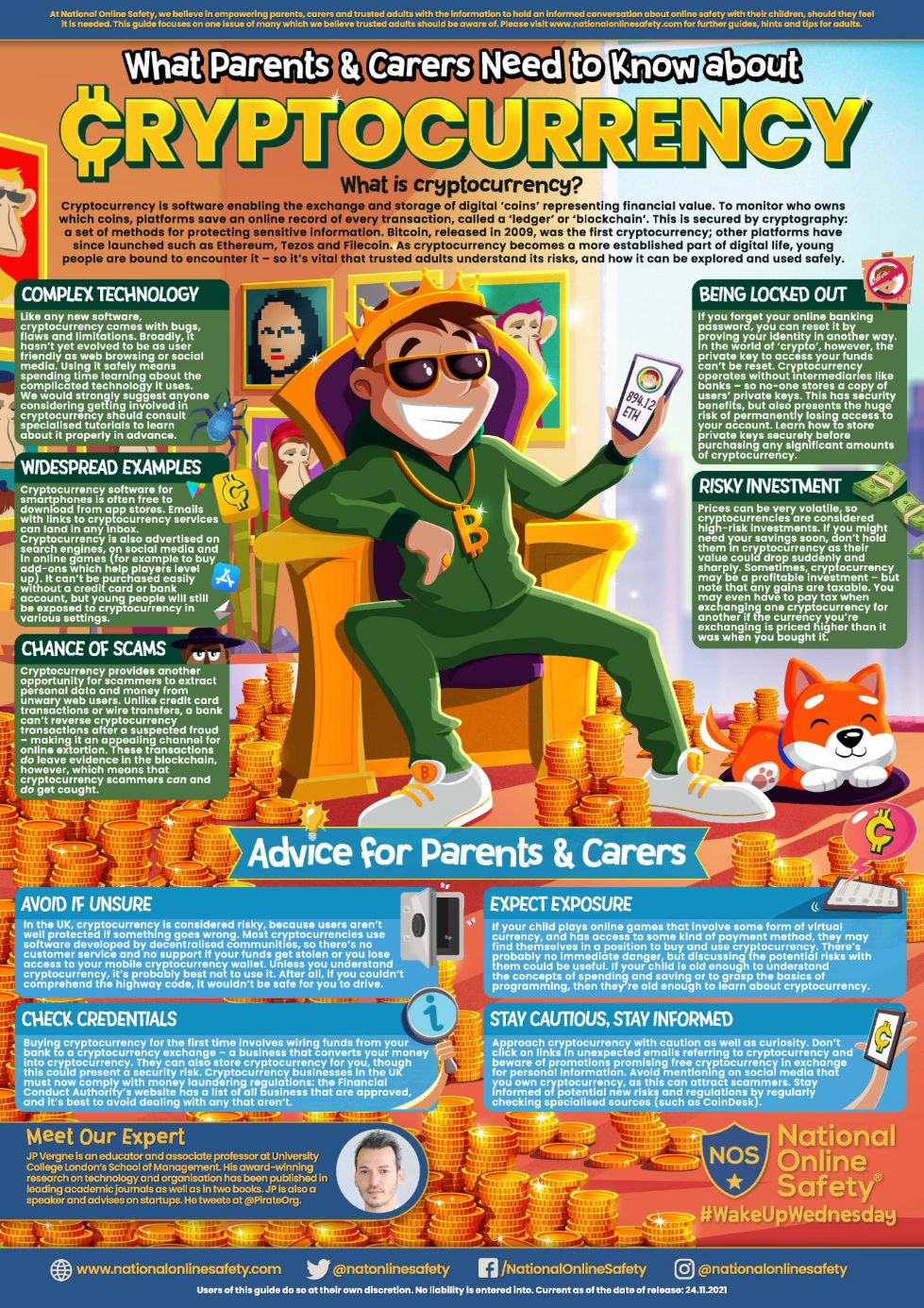
YouTube
YouTube is a video-sharing social media platform that allows billions of people around the world to watch, share and upload their own videos with a vast range of content – including sport, entertainment, education and lots more. It’s a superb space for people to consume content that they’re interested in. As a result, this astronomically popular platform has had a huge social impact: influencing online culture on a global scale and creating new celebrities.
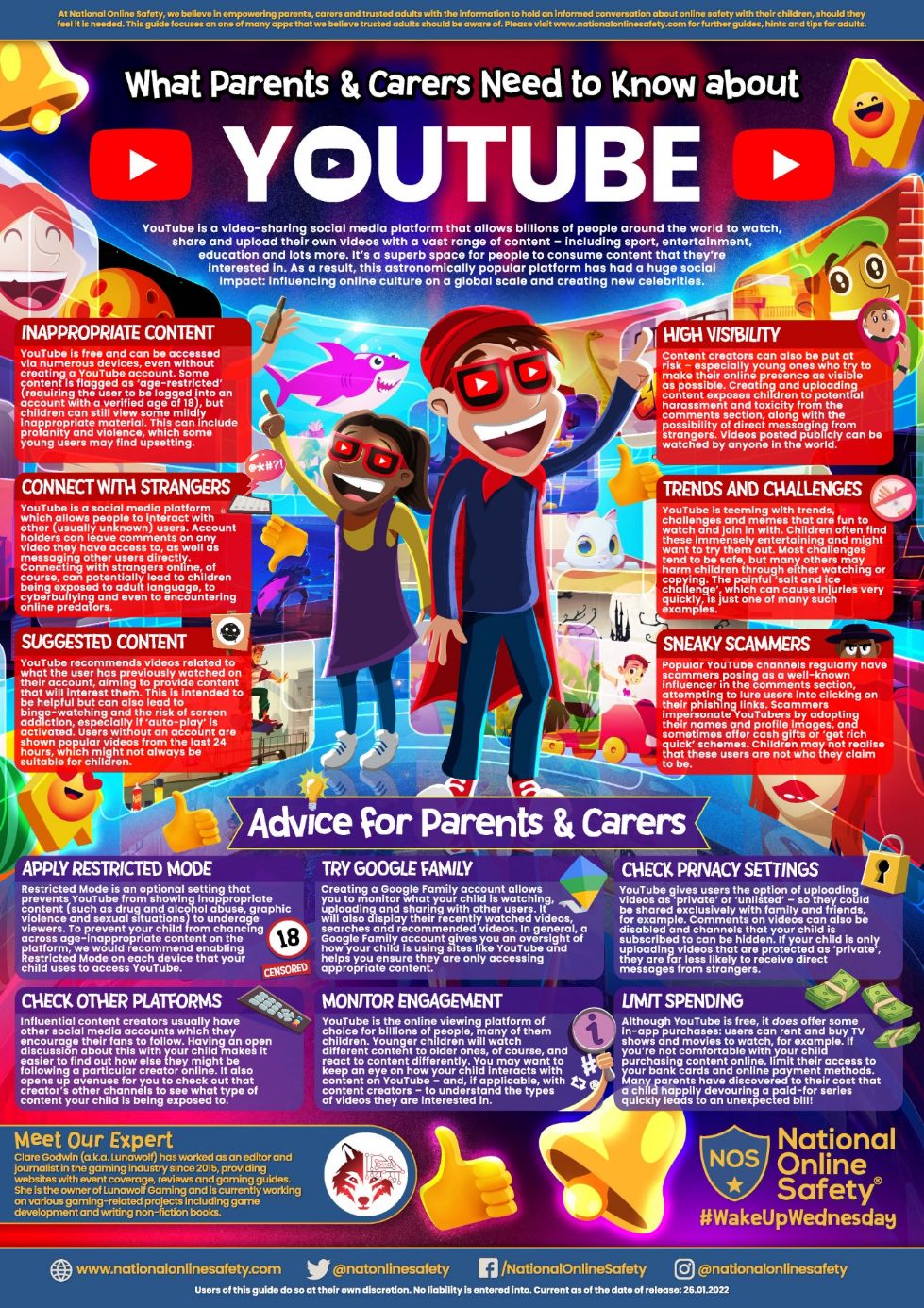
Horror Games
Horror video games come in such a variety that the genre can be hard to define. The overlapping element is that these games are designed to scare or unsettle the player through gameplay, atmosphere, story, music, setting and 'jump scares'. The most common sub-genres are survival horror, action horror, psychological horror, jump-scare horror and reverse horror. These games originate from a range of developers, including smaller indie studios which release download-only titles (that is, they aren’t physically sold in shops) and therefore aren’t subject to age ratings.
